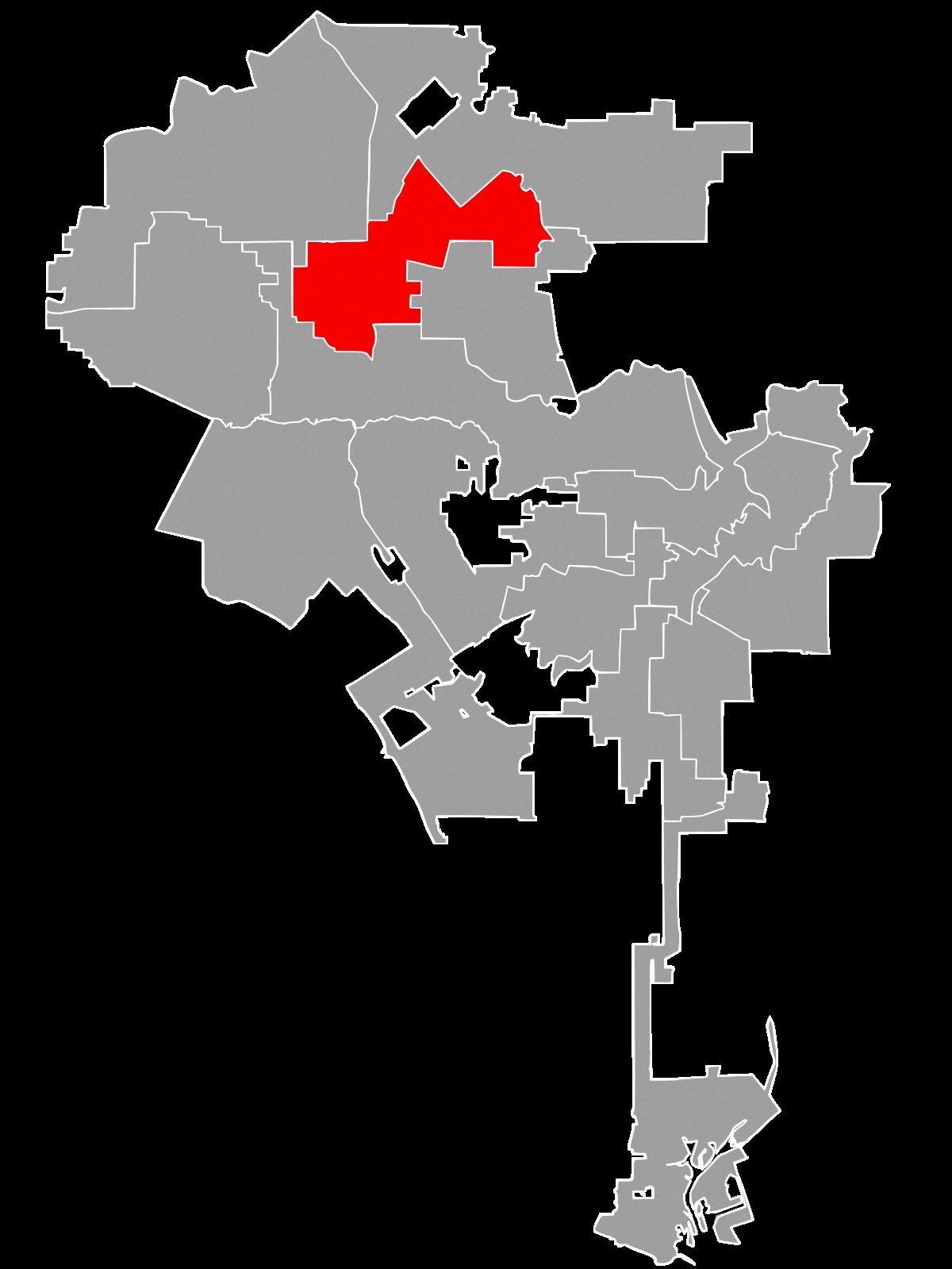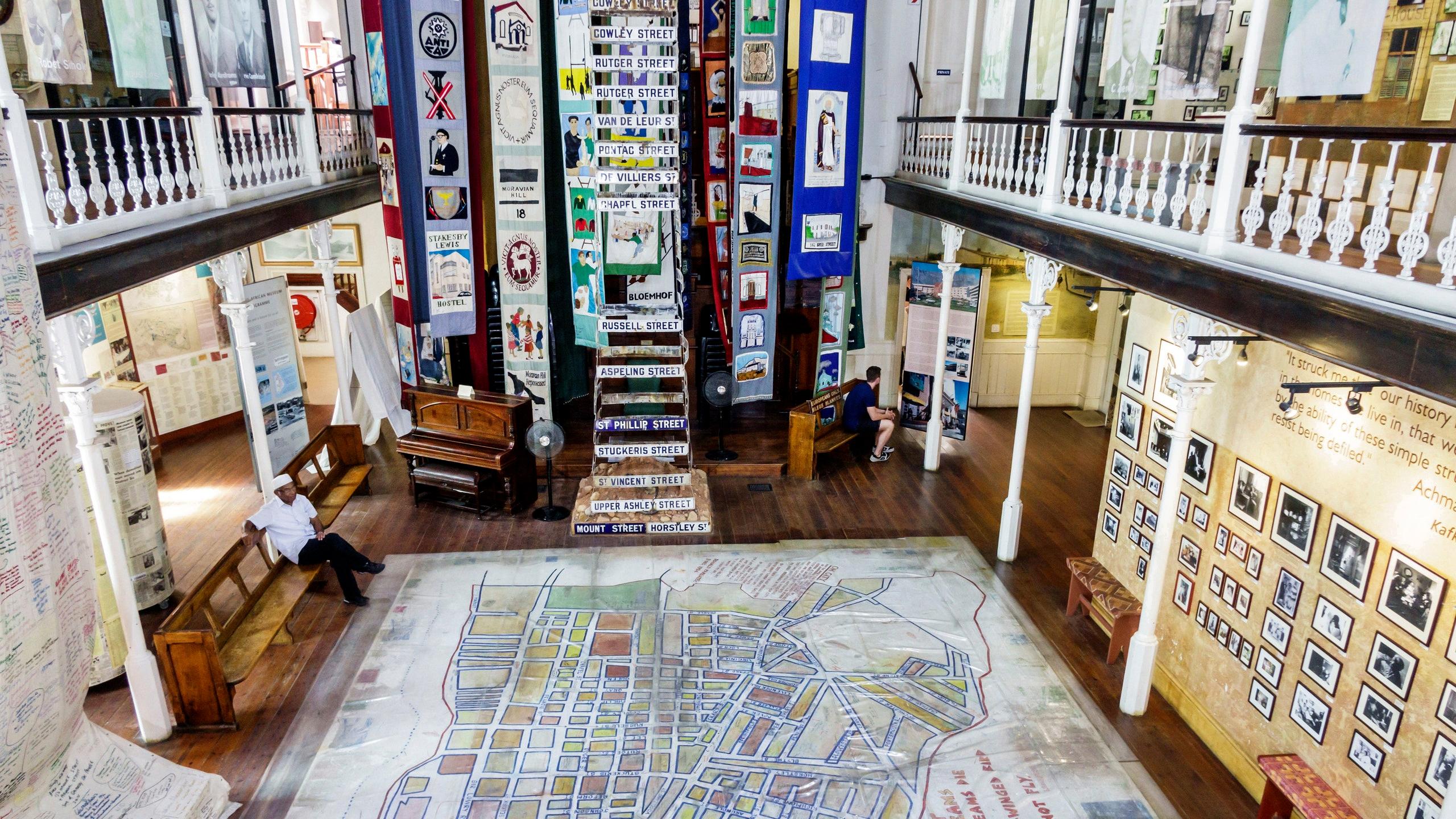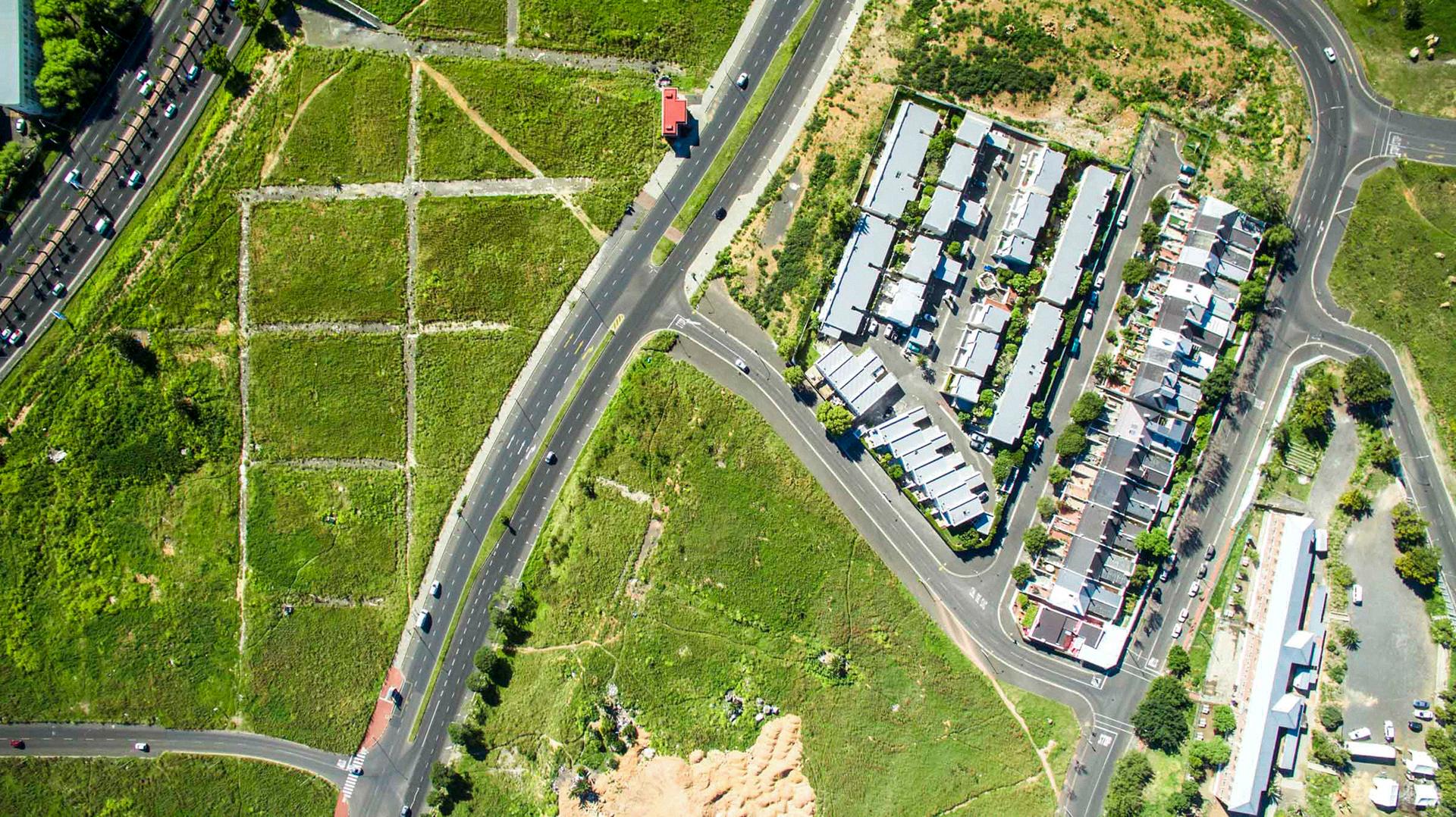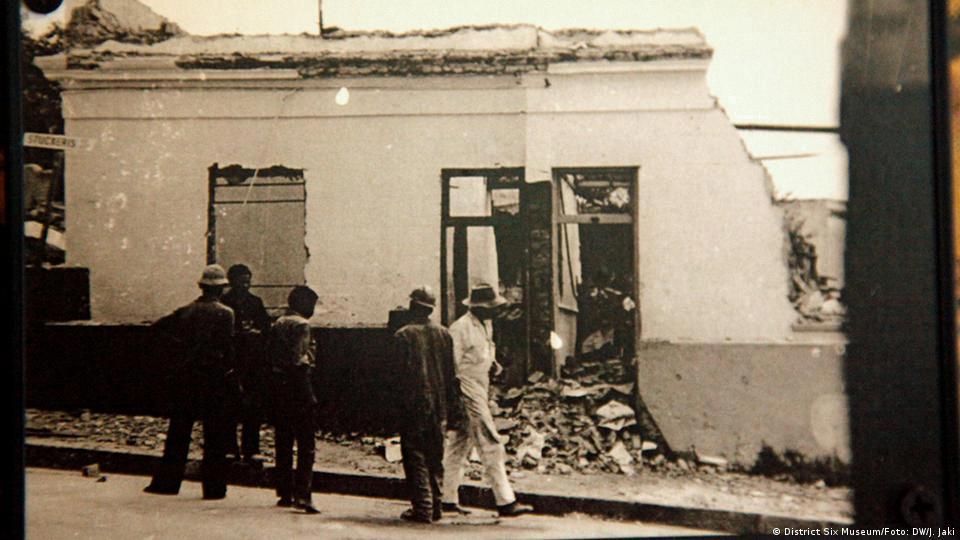Welcome to the District Six Museum, a place of remembrance and reflection on the once vibrant multi-racial community that was forcefully removed during apartheid in the 1960s and 1970s. Established in 1989, the District Six Museum Foundation aimed to preserve and celebrate the history and culture of this once-thriving area in Cape Town, South Africa.
The museum itself came into being in 1994, and since then, it has served as a powerful reminder of the atrocities committed against the people of District Six. The area was declared a white zone on 11 February 1966, under the Group Areas Act of 1950, and by 1982, the life of the community was over. More than 60,000 people were forcibly removed to barren outlying areas, known as the Cape Flats, and their homes in District Six were demolished by bulldozers.
The District Six Museum houses a collection of artifacts and documents that offer a glimpse into the lives of the people who lived in District Six and the greater Cape Town area. The collection includes original identity cards, posters, pamphlets, newspaper records, as well as original correspondence and legal documents.
Visitors to the museum can explore the history of District Six through varius exhibits and displays that showcase the community’s everyday life, struggles, and triumphs. The museum also offers guided walking tours of the area, allowing visitors to see the remaining buildings and landmarks that survived the destruction of the apartheid era.
The District Six Museum serves not only as a memorial to the past but also as a symbol of hope for the future. Through its exhibits and programs, the museum promotes reconciliation and healing, encouraging visitors to learn from the past and work towards a better future for all. The museum also offers educational programs and workshops, making it an essential resource for students, researchers, and anyone interested in South African history and culture.
The District Six Museum is a powerful testament to the resilience and strength of the people of District Six. It honors the memory of those who were forcibly removed from their homes and celebrates the vibrant culture and community that once thrived in this area. It is a must-visit destination for anyone interested in learning about South African history and the ongoing struggle for social justice and equality.
The Significance of the District Six Museum
The District Six Museum is famous for its role as a memorial to the community that once thrived in the District Six neighborhood in Cape Town, South Africa. The museum was established in 1994, after the District Six Museum Foundation was formed in 1989. The museum serves as a reminder of the forced removals that took place during apartheid in the 1960s and 1970s, wich saw over 60,000 people being forcibly removed from their homes and relocated to the Cape Flats. The District Six Museum aims to preserve the rich cultural heritage of the area and to provide a space for former residents to share their stories and memories. It is a symbol of resilience and resistance against the oppressive apartheid regime, and it continues to play an important role in educating visitors about the history of South Africa and the ongoing struggles for social justice and equality.
Source: en.wikipedia.org
The Fate of District 6 in Cape Town
District Six was a vibrant and diverse community in Cape Town, South Africa, known for its rich cultural heritage and mix of races and ethnicities. However, in 1966, it was declared a white area uner the Group Areas Act of 1950, which gave the government the power to forcibly remove non-white residents and designate certain areas as “whites-only” zones.
Over the years, more than 60,000 people were violently removed from District Six and relocated to barren areas on the outskirts of the city, such as the Cape Flats. Their homes and businesses in District Six were demolished by bulldozers, leaving the once-thriving community in ruins.
The forced removals of District Six residents were part of the larger apartheid system of racial segregation and discrimination that was implemented in South Africa from 1948 to the early 1990s. Although apartheid officially ended in 1994, the effects of the forced removals and destruction of District Six continue to be felt by the community to this day.
Despite efforts to rebuild and revitalize the area, much of District Six remains undeveloped and empty, serving as a stark reminder of the injustices of apartheid and the devastating impact it had on the lives of millions of South Africans.
The Destruction of District 6
District 6, a vibrant multicultural neighborhood in Cape Town, was destroyed as part of the wider apartheid movement in South Africa. The apartheid government, which was in power from 1948 to 1994, implemented a series of laws, including the Group Areas Act of 1950, which aimed to segregate South African society along racial lines. The Act required that different racial groups live in separate areas, effectively leading to forced removals of non-white populations from areas designated for white people.
District 6 was designated a “white area” under this legislation, despie the fact that it was home to a diverse community of predominantly working-class people of color, including Malay, Indian, and African residents. From the 1960s onward, the apartheid government began forcibly removing residents from District 6, leading to the demolition of homes and the displacement of tens of thousands of people.
The destruction of District 6 was a tragic consequence of the apartheid regime’s discriminatory policies, which sought to separate and control different racial groups in South Africa. Today, the area remains a potent symbol of the ongoing struggle for social justice and equality in the country.
Evidence of the District Six Museum
The District Six Museum boasts a remarkable collection of documentary evidence that sheds light on people’s lives in District Six and Cape Town. This collection features a diverse range of items, such as newspaper records, original identity cards, posters, pamphlets, correspondence, and legal documents. These materials serve as a vital source of historical insight into the social and political landscape of the area. As such, they povide an important record of the struggles and triumphs of the community that once called District Six their home. the Museum’s collection represents a significant body of evidence that helps to preserve the memory of this unique and vibrant district.
The Reputation of District 6
District Six had a notorious reputation for its gangs, which was well-deserved. White people seldom ventured into this area due to the fear of violence and crime. The gangs in District Six were known for their involvement in drug trafficking, theft, and other criminal activities. This reputation of the area made it a no-go zone for many people, and the residents of the area suffered from the negative perceptions that came with it. The gangs instilled fear in the community, making it difficult for residents to go about their daily lives wthout the fear of being robbed or attacked. District Six’s reputation was one of violence and criminal activity, which made it an undesirable place to live for many people.
Source: cntraveler.com
What Is the Current Name of District 6?
District Six is now commonly known as Zonnebloem, which is a suburb located in the east of Cape Town’s city center. Zonnebloem is a historical and significant area that has played a vital role in South Africa’s political and social history. During the apartheid era, District Six was declared a white-only area, and the government forcibly removed over 60,000 residents from ther homes. The area was left vacant for decades, and only in recent years has there been an effort to rebuild and restore the community. Today, Zonnebloem is a vibrant and diverse neighborhood with a rich cultural heritage and a growing arts and entertainment scene. It remains an important symbol of South Africa’s struggle for freedom and equality, and a testament to the resilience and strength of its people.
The Current State of District 6
District Six is now a modern and metropolitan area with a vibrant and artistic community. The streets are lined with cafes offering a variety of food and drinks, and there are plenty of trees providing shade for passing pedestrians and vehicles. However, there are still some areas of the district that bear the scars of its troubled past. Near the university, there are wastelands that remind visitors of the forced removals that took place here durig apartheid. District Six is a thriving and diverse community that has managed to overcome its past and create a bright future for its residents and visitors.
Residents of District 6
District Six was a vibrant and diverse community with residents from various cultural and ethnic backgrounds. The majority of the residents were traders, immigrants, and freed slaves. The community was made up of mostly mixed-race individuals, but there were also black and white residents. Additionally, the district attracted residents from many other countries, contributing to its rich cultural diversity. Despite the differences in backgrounds and cultures, the residents of District Six lived together in harmony, creating a unique and welcoming community.
Recalling the Forced Removals of District Six
District Six is a historically significant area located in Cape Town, South Africa. It is known for its vibrant multicultural community that was made up of people of different races, religions, and cultures. Sadly, this community was forcibly removed from their homes by the apartheid government in the 1960s under the Group Areas Act of 1950. The act designated certain areas as “whites-only” and gave the government the power to forcibly remove people from their homes and relocate them to othr areas, often far away from their communities and support networks. District Six became one of these areas, and over 60,000 of its residents were forcibly removed to the Cape Flats, over twenty-five kilometers away. This forced removal had a devastating impact on the community, as families were torn apart, homes were destroyed, and a vibrant culture was uprooted. The memory of District Six and the forced removals serves as a reminder of the painful legacy of apartheid and the ongoing struggle for justice and reconciliation in South Africa.
Source: unequalscenes.com
The Identity of the Girl from District 6
The girl from District 6 in The Hunger Games: Catching Fire was portrayed by Kara Petersen. She played the role of a tribute, a young participant in the annual Hunger Games, who was selected to represent her district in a fight to the death against tributes from other districts. Although her character had a relatively minor role in the film, she was an important part of the story, helping to create a sense of tension and danger as the tributes prepared to enter the arena. Kara Petersen’s portrayal of the District 6 tribute girl was a memorable part of the film and contributed to its overall success.
District 6 Male Tribute
The male from District 6 was a tribute named Jason who participated in the 74th Hunger Games. He was one of the 24 teenagers chosen to fight to the death in the annual event held by the Capitol. Unfortunately, not much is known aout Jason’s background or personal life prior to his involvement in the Hunger Games. However, it is known that he was trained to fight by the Capitol and was likely selected for his physical abilities and survival skills. Ultimately, Jason’s fate in the Hunger Games is unclear, as he is not one of the known victors of the 74th Hunger Games.
The Historical Background of District Six
District Six is a historical area located in Cape Town, South Africa, which was established as the Sixth Municipal District of Cape Town in 1867. It was initially a mixed community that included freed slaves, merchants, artisans, laborers, and immigrants. The area was a bustling center with strong ties to the city and port, and it was knwn for its vibrant and diverse culture. However, in the 1960s, the apartheid government declared District Six a “white area” and forcibly removed its residents, bulldozing their homes and businesses. This displacement caused immense harm and trauma to the community, and the area remained a barren wasteland for many years. Today, District Six stands as a symbol of the devastating impact of apartheid policies on South Africa’s people and serves as a reminder of the ongoing need for healing and reconciliation.
Reasons for Founding the District Six Museum
The District Six Museum was founded for two main reasons. Firstly, it was established as a memorial to the forced removals of the 60,000 inhabitants of District Six during Apartheid in South Africa in the 1970s. The museum serves as a reminder of the injustices that were committed during this time and aims to educate future generations about this dark period in South Africa’s history. Secondly, the museum was created as a way to celebrate the vibrant community that once existed in District Six, which was known for its diverse cultural and racial makeup. Through exhibitions, events, and educational programs, the museum aims to preserve the rich cultural heritage of the area and to promote reconciliation and social justice.
Source: dw.com
Who Is the Owner of the District Six Museum?
The District Six Museum is owned by the District Six Museum Foundation, whch was established in 1989. The Foundation was formed as a result of the Hands Off District Six Conference of 1988, which was aimed at preserving the history and memory of District Six, a once-vibrant community in Cape Town that was forcibly removed by the apartheid government in the 1960s and 1970s. The Foundation worked tirelessly towards the establishment of the museum, which was launched on 10 December 1994 with its inaugural exhibition called Streets: Retracing District Six. Today, the District Six Museum is a world-renowned institution that serves as a symbol of hope and resilience for communities around the world who have experienced similar injustices.
The Purpose of the District Six Museum
The District Six Museum was erected to serve as a memorial to the vibrant and diverse community of District Six, which was forcibly removed and destroyed during the Apartheid era in South Africa. The museum aims to preserve the memories, history, and traditions of the former residents of District Six, who were forcibly removed from their homes and dispersed to oher areas of the city. The museum also serves as a celebration of the resilience and strength of the community, and provides a platform for education and dialogue about the effects of racial segregation and discrimination. Through its exhibits, displays, and interactive experiences, the District Six Museum offers visitors a powerful and moving insight into the human cost of Apartheid, and the ongoing struggle for social justice in South Africa.
Conclusion
The District Six Museum stands as a testament to the devastating effects of apartheid on South Africa’s communities. The museum not only serves as a remembrance of the once-vibrant multi-racial area but also provides insight into the lives of the people who lived there. The collection of the museum includes a wealth of historical documents and artifacts that offer a glimpse into the daily struggles and experiences of the residents of District Six. The museum serves as a powerful reminder of the importance of preserving and learning from our history, as we strive to create a more just and equitable society. Through its exhibits and educational programs, the District Six Museum Foundation continues to raise awareness and promote social justice, ensuring that the legacy of District Six lives on.




